1) The current population of the Philippines is almost 103 million people
This number has doubled since the early 80s of the 20th century. Many Filipinos have Spanish names because of the 19th-century decree that required them to use Spanish surnames. Parents often name their children after the saint whose feast day falls on the day of their birth. The 1987 Constitution declares Filipino as the national language of the country. In reality, Filipino has been described as a formalized version of the Tagalog language spoken by more than 26 million people. Filipino and English are the official languages. There are some 120 to 175 languages in the Philippines, depending on the method of classification.
Where can you learn more? Talk to the smiling and hospitable Philippinos anywhere.
2) The Philippines is a country of more than 7000 islands
So doing some island hopping there is a must. One excellent place for that is Coron. The idyllic islands of Coron are one of the most pristine natural wonders. Cruise along Coron Island’s twin lagoons and small coves. Its karst formations towering out of aquamarine waters look outstanding at any time of the day.
Where can you learn more? Take a flight from Manila to Busuanga airport and book an island hopping tour in Corona city.
3) The first Philippine flag was sewn in Hong Kong in 1897 by Marcela Agoncillo
Marcella was a wife of well known Filipino diplomat Felipe Agoncillo. Made from fine silk, the flag was embroidered with gold and pictured stripes of blue and red, and a white triangle with the sun and three stars on it. The flag was finished in five days and became known as "the sun and the stars flag". It holds the distinction of being one of the most unusual flags in the world. What makes it so different is one can know when the country is in a state of war by the way the flag is flown. If the dominant color flown on top is red, that means the country is at war. Just the other way around, if it is blue, the country is at peace. Monument of Marcela Agoncillo in Taal heritage town, the Philippines.
Where can you learn more? Visit Doña Marcela Agoncillo Museum in Taal heritage town.
4) The Philippines is the world’s 8th largest rice producer
Rice is a staple food for most Filipinos across the country. Still the country imports about 10% of its annual rice consumption requirements. The Rice Terraces of the Philippine Cordilleras were inscribed on the UNESCO World Heritage List in 1995. It was the first property to ever be included into the cultural landscape category. The inscription has five sites including Batad Rice Terraces. They might be from 1000 to 2000 years old.
Where can you learn more? Take a rice terraces tour from Banaue town.
5) Jose Rizal is hailed as the greatest national hero of the Philippines
Jose Rizal (1861-1896) was a man of strong convictions who sacrificed his life for his political views. In his time, the Philippines were under Spanish colonial rule. Rizal advocated for peaceful reforms in his home country. He was the most famous prisoner of Fort Santiago in Intramuros. It’s a Spanish military fortress used as a prison. A few steps from here you’ll find the cell where the hero walked to his death in 1896, with metal footsteps tracing his route.
Where can you learn more? Visit Risal shrine in Intramuros, Manila.
6) The jeepney is an icon of the Philippines
London has the red double-decker bus, New York the yellow taxi, and the Philippines have the Jeepney. After the 2nd World War, U.S. military left behind hundreds of old jeeps they no longer needed. Filipinos extended them, slapped on metal roofs, threw a couple of benches into the backs, coated them in vibrant colors and began transporting passengers. Today, there are over 50,000 jeepneys on the streets of Manila alone. Jeepneys can carry around 18 passengers, with many more hanging on outside or sitting on the roof.
Where can you learn more? On the streets anywhere in the Philippines. Also, visit Sarao jeepney factory in Manila.
7) The National Animal of the Philippines is the carabao
Carabao is the Asian Water Buffalo! If you travel through the countryside, you sure will discover the carabao. To this day, it’s a very important draught-animal on the rice fields. The carabao is also used for pulling and transporting trees in the forest. If not working, the water buffalo can be observed at rest, many times in a puddle of water and mud.
Where can you learn more? Explore the countryside of the Philippines.
8) Taal Basilica is considered to be the biggest church in Asia
It’s 96 meters long and 45 meters wide. The construction of the church began in 1856. The church was made into a basilica in 1954 and was declared a national shrine in 1974. The Basilica of Taal is famous for its facade and the artistic view inside. The interior is in the form of a Latin cross with wide aisles on each side containing small retablos, carossas.
Where can you learn more? Visit the Basilica in Tall heritage town.
9) The second-largest volcanic eruption of the 20th century occurred at Mount Pinatubo
It happened in the Philippines on June 15, 1991. It caused numerous large earthquakes due to the collapse of the summit of Mount Pinatubo and the creation of a caldera 2.5 kilometers (1.5 miles) in diameter, reducing the peak from 1745 meters (5725 feet) to 1485 meters (4872 feet). Prior to its eruption, it was a little known volcano with a forested summit, dormant for 400 years.
Where can you learn more? Take a tour and hike to the mount Pinatubo crater from Santa Juliana village.
Read more about what you should know before travelling to the Philippines written by experienced traveller Anne here.
- Published by Anita on December 4, 2016
Author: Anita Sāne

About the author
Anita is a part-time traveller, passionate photographer and a retired career woman from Latvia, travelling mostly solo for more than 15 years. She is a skilled travel planner who plans and executes her travels by herself. Anita wants to show you how to travel the world and open your mind to new experiences. Follow her on Facebook, Instagram, Pinterest, Twitter and Bloglovin.

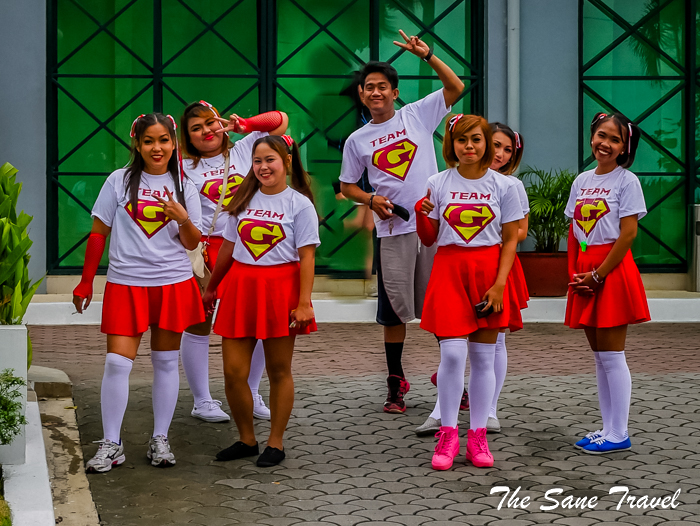
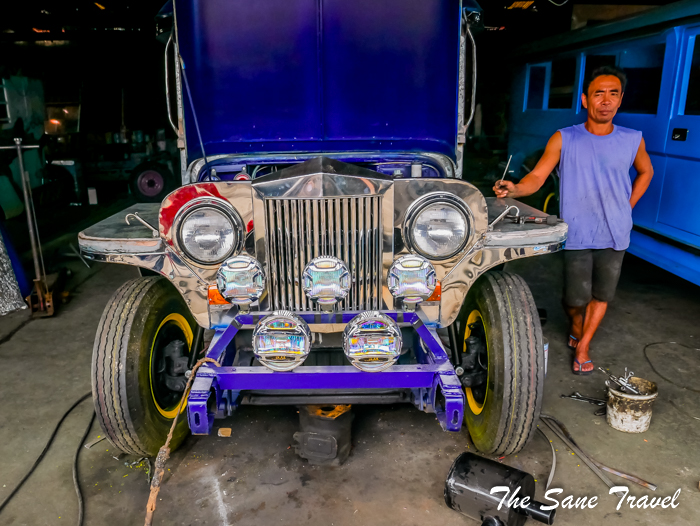
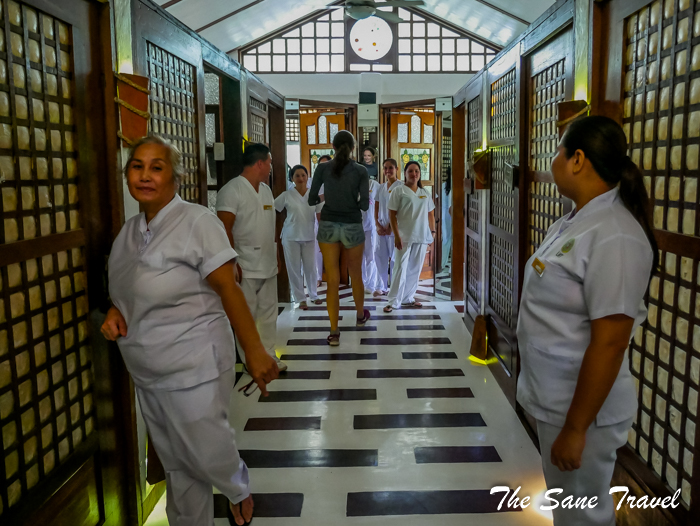
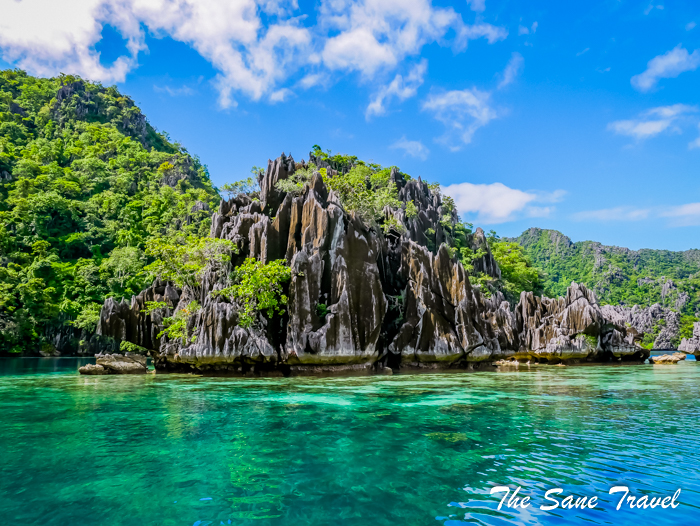
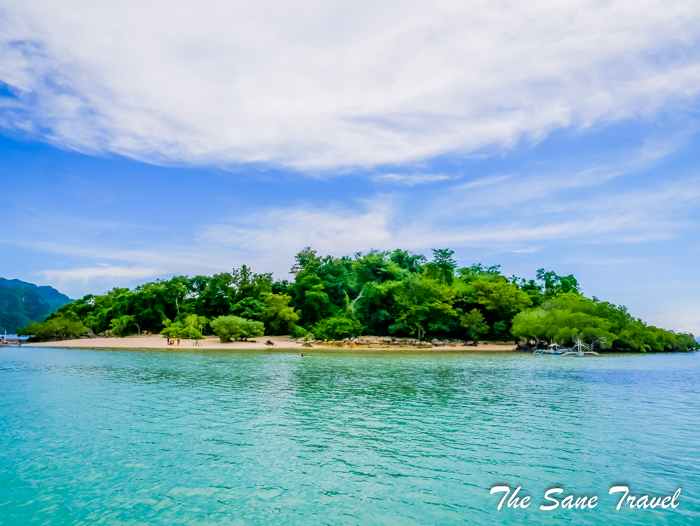
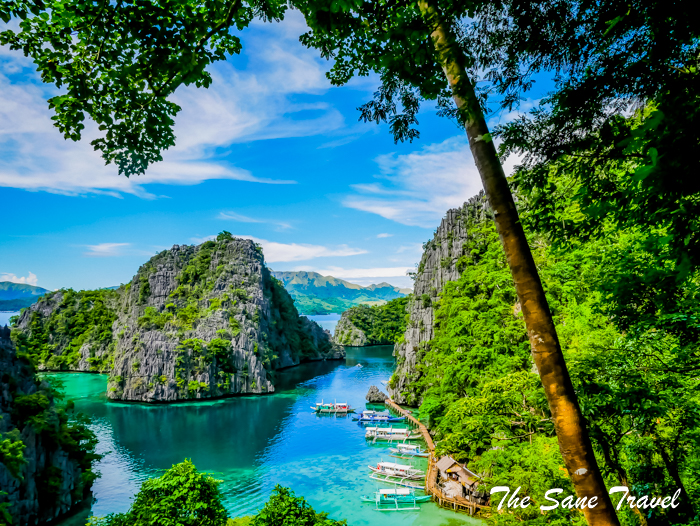
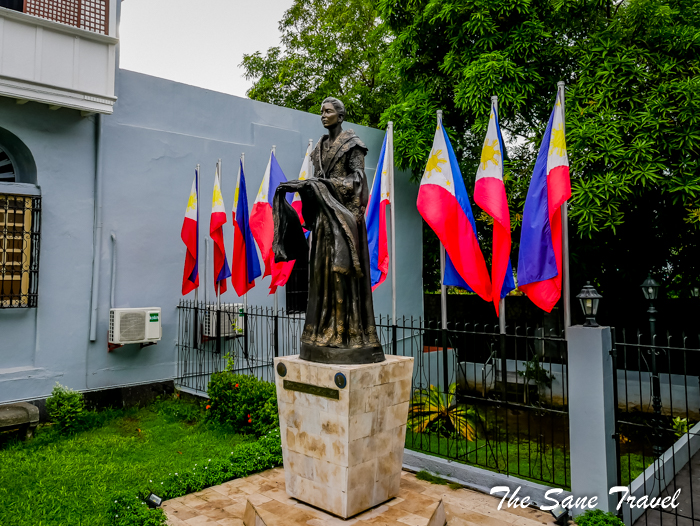
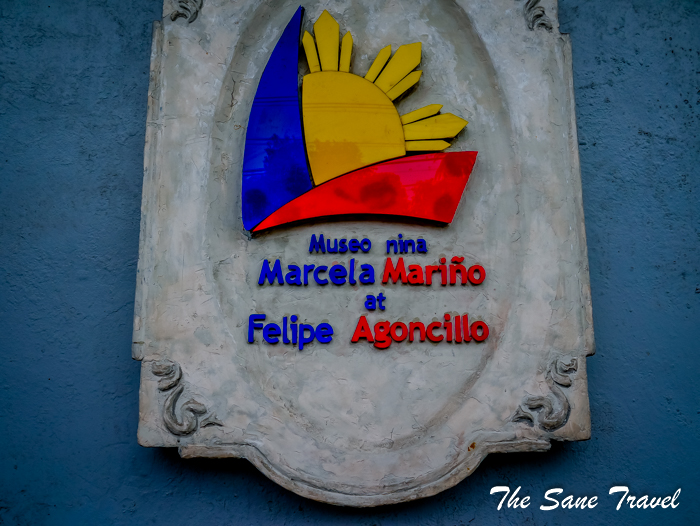
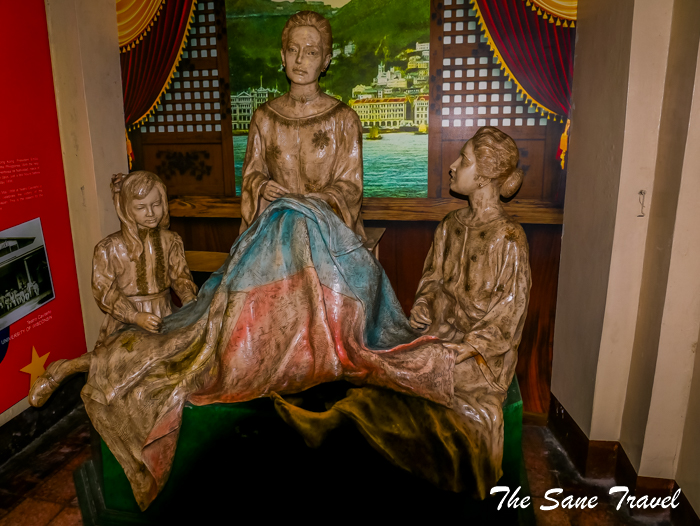
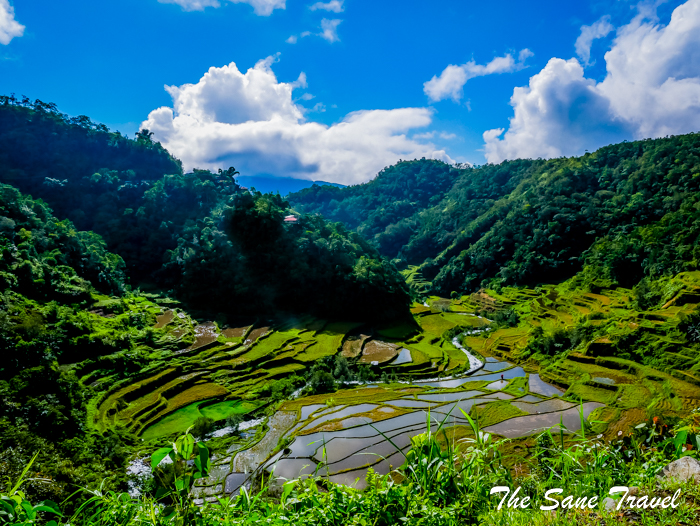
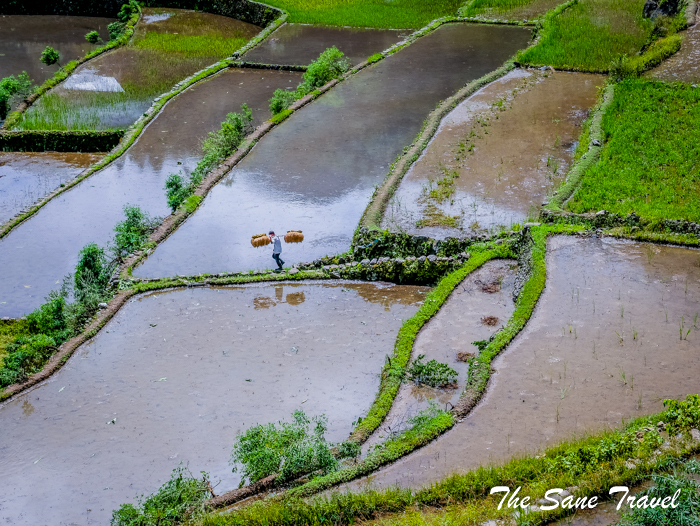
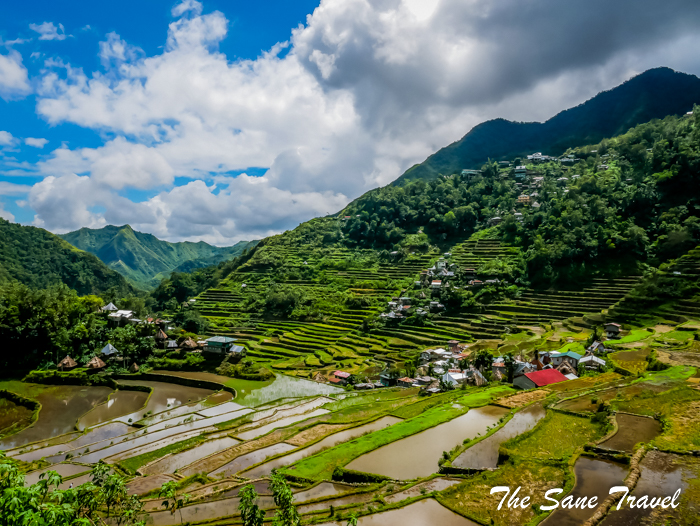
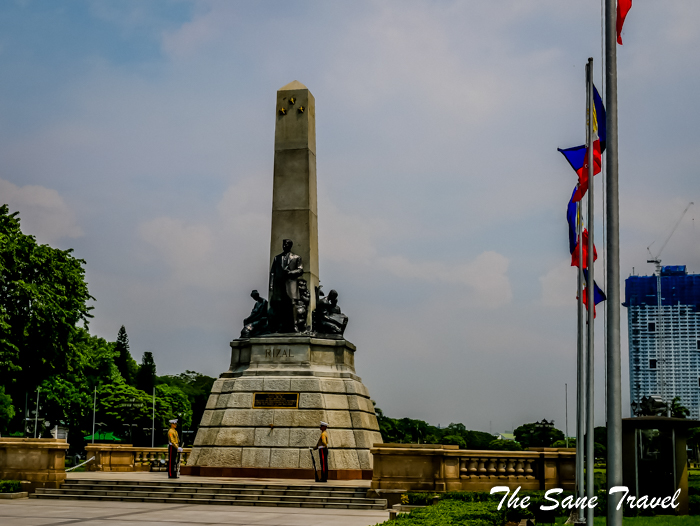
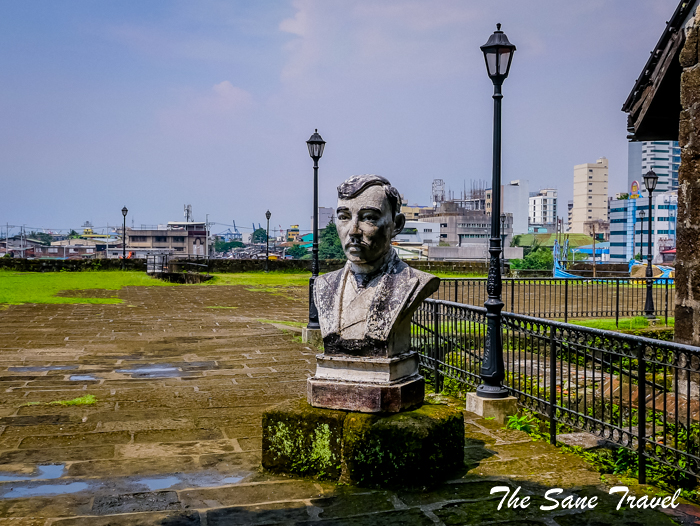
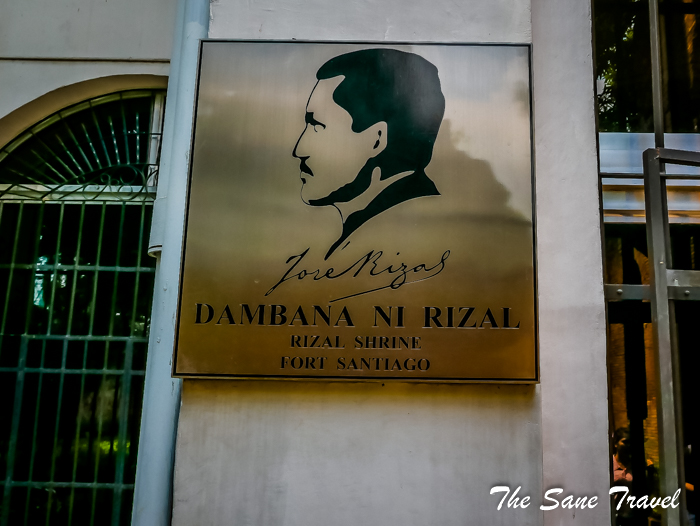
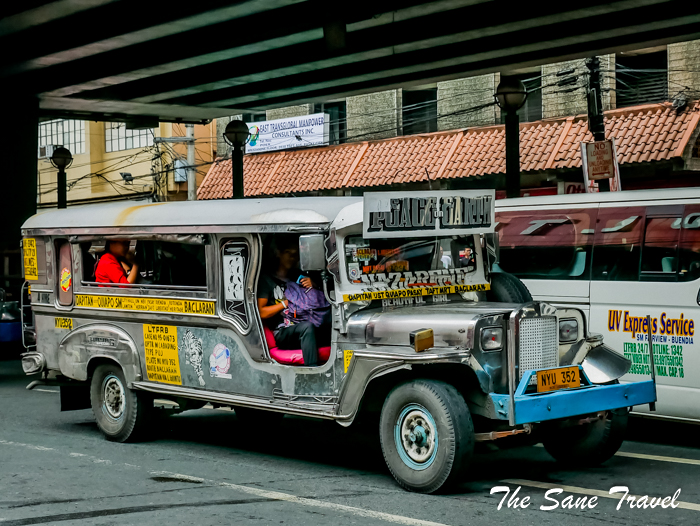
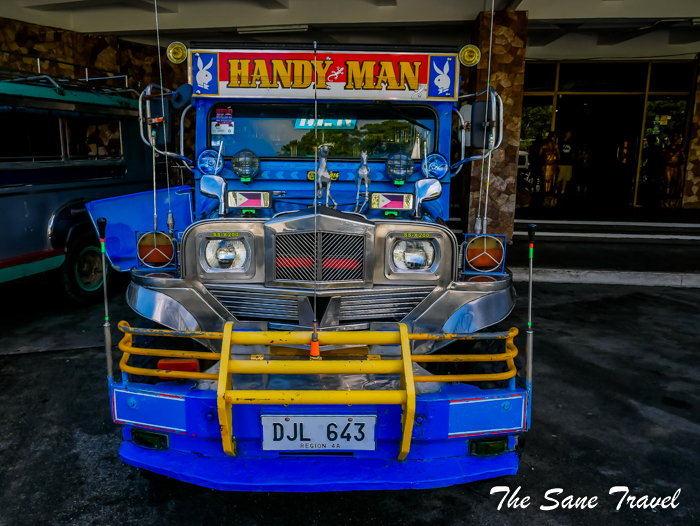
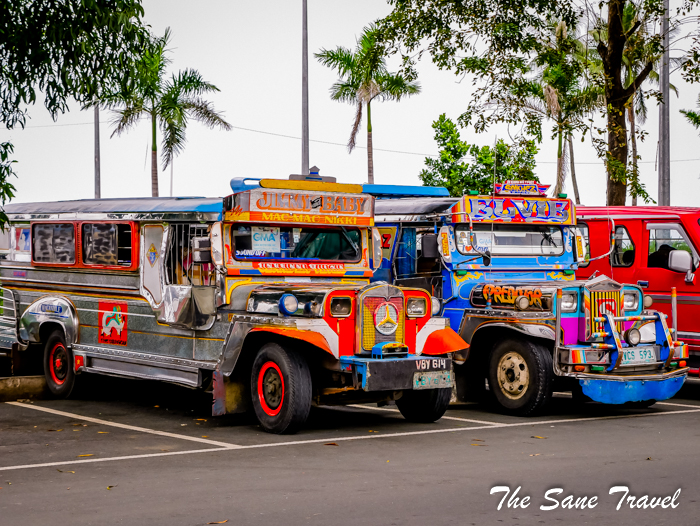
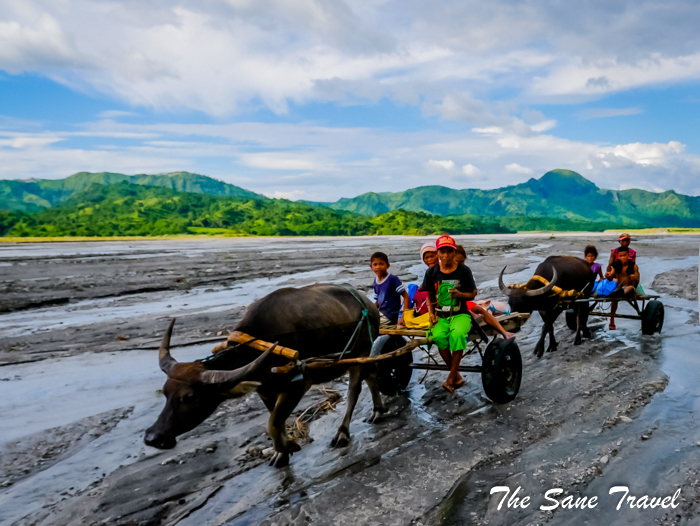
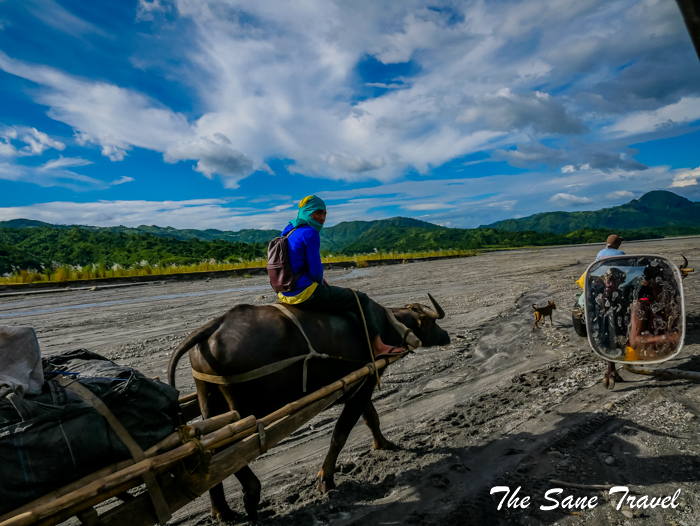
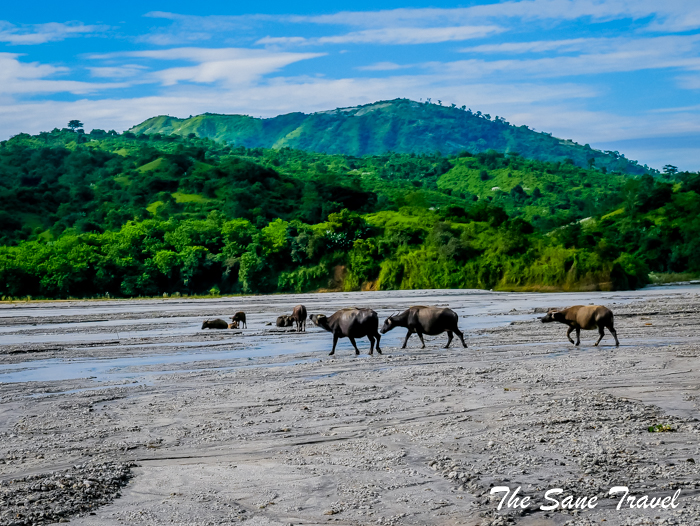
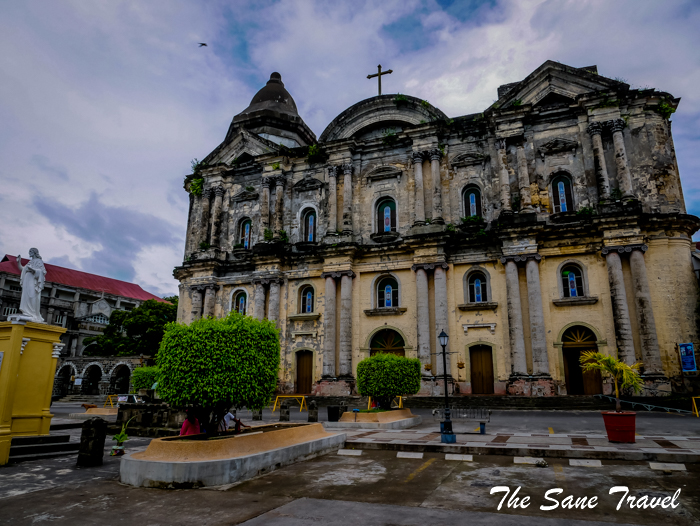
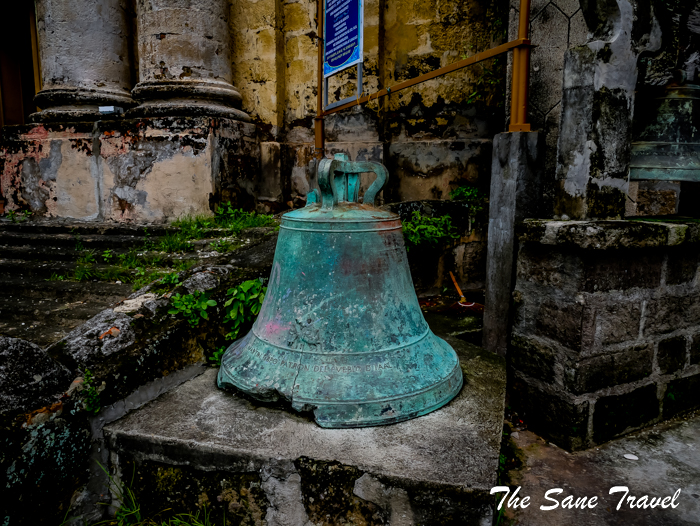
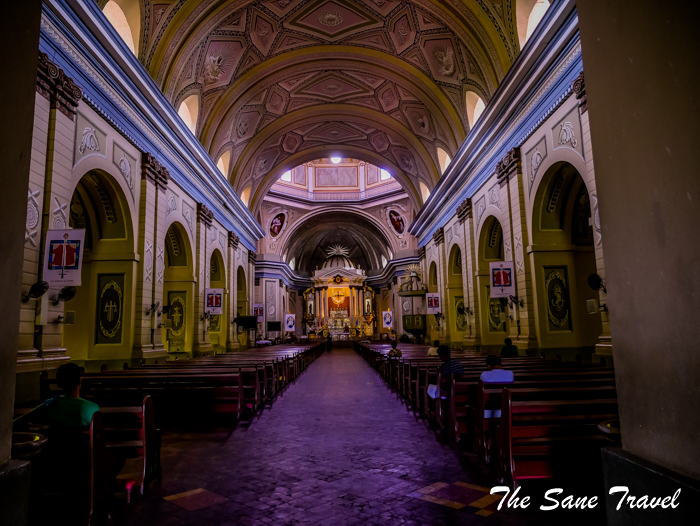
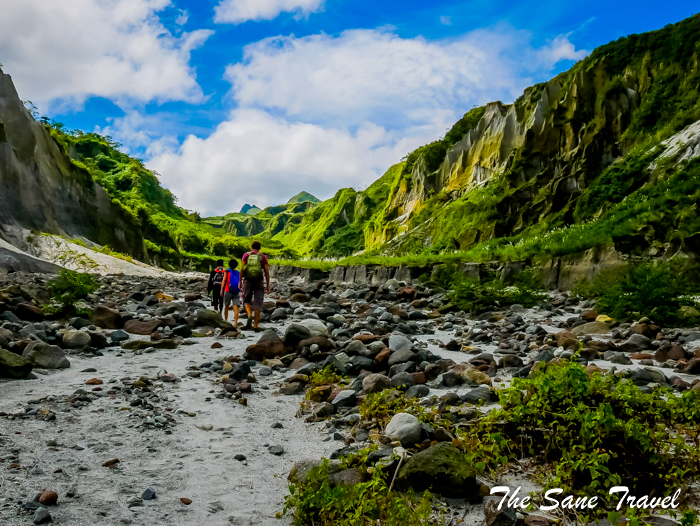
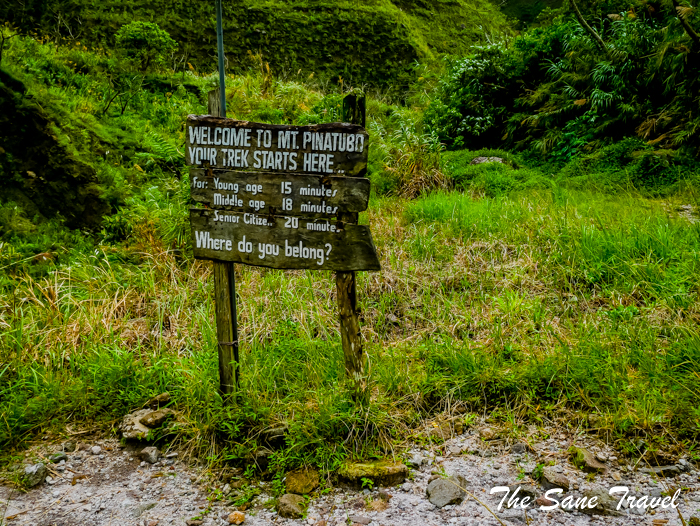
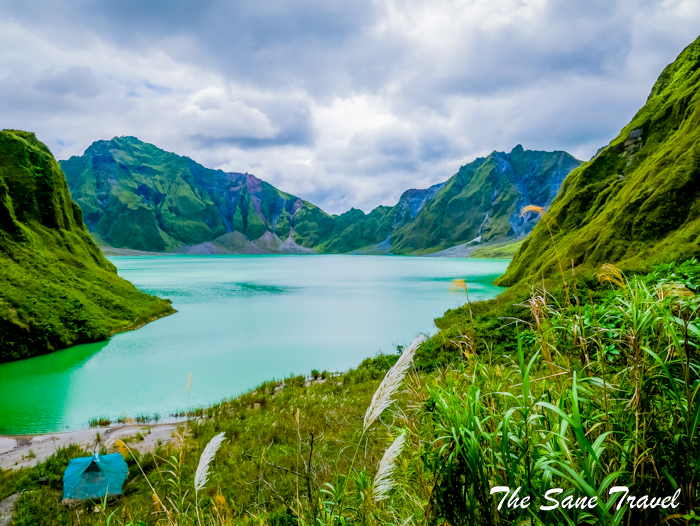
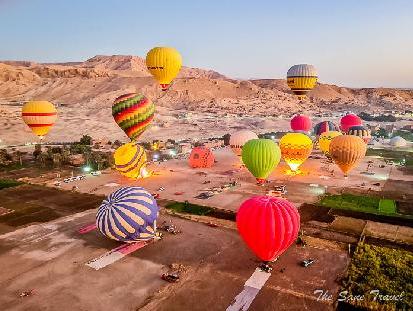





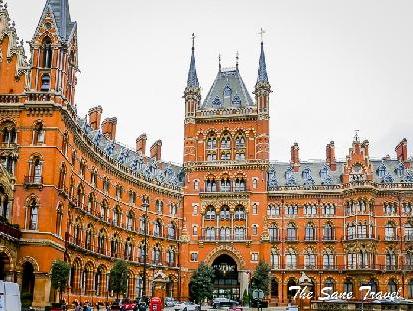






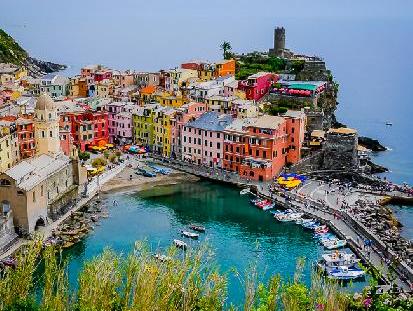











Report
My comments